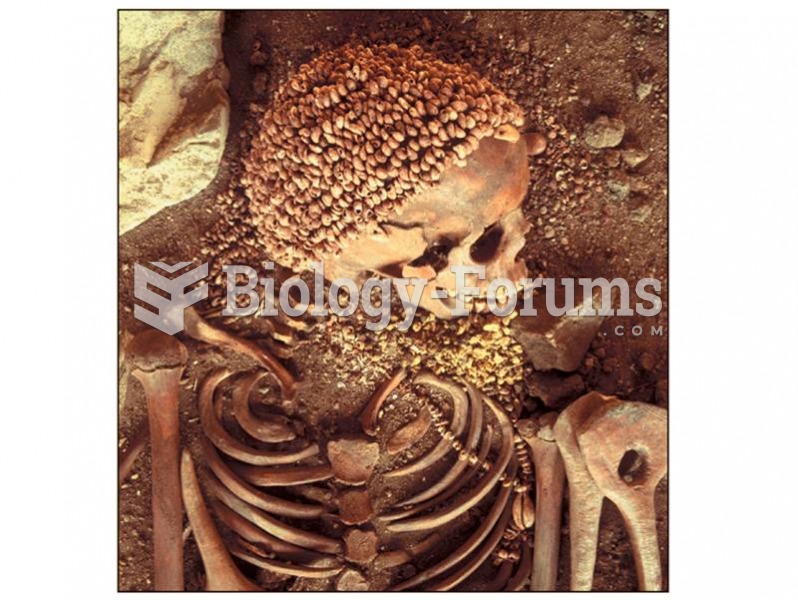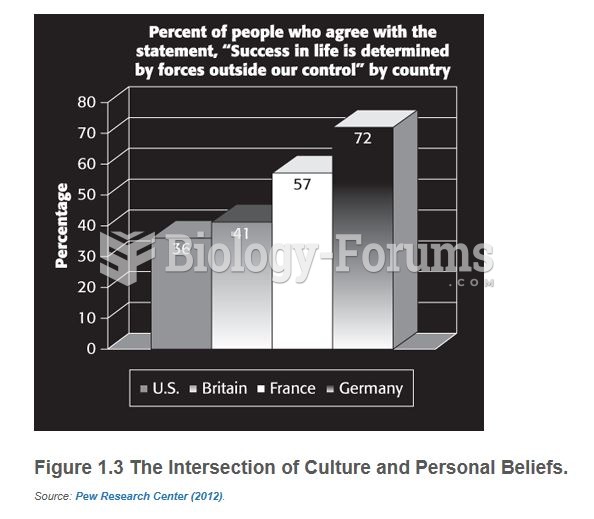Answer to Question 1
TRUE
Answer to Question 2
A wholly owned subsidiary is a facility entirely owned and controlled by a single parent company. Companies can establish a wholly owned subsidiary either by forming a new company and constructing entirely new facilities (such as factories, offices, and equipment) or by purchasing an existing company and internalizing its facilities. Whether an international subsidiary is purchased or newly created depends to a large extent on its proposed operations.
When a parent company designs a subsidiary to manufacture the latest high-tech products, it typically must build new facilities. The major drawback of creation from the ground up is the time it takes to construct new facilities, hire and train employees, and launch production.
Conversely, finding an existing local company capable of performing marketing and sales will be easier because special technologies are typically not needed. By purchasing the existing marketing and sales operations of an existing firm in the target market, the parent can have the subsidiary operating relatively quickly. Buying an existing company's operations in the target market is a particularly good strategy when the company to be acquired has a valuable trademark, brand name, or process technology.
There are two main advantages to entering a market using a wholly owned subsidiary. First, managers have complete control over day-to-day operations in the target market and access to valuable technologies, processes, and other intangible properties within the subsidiary. Complete control also decreases the chance that competitors will gain access to a company's competitive advantage, which is particularly important if it is technology-based. Managers also retain complete control over the subsidiary's output and prices. Unlike licensors and franchisers, the parent company also receives all profits generated by the subsidiary.
Second, a wholly owned subsidiary is a good mode of entry when a company wants to coordinate the activities of all its national subsidiaries. Companies using global strategies view each of their national markets as one part of an interconnected global market. Thus the ability to exercise complete control over a wholly owned subsidiary makes this entry mode attractive to companies that are pursuing global strategies.







